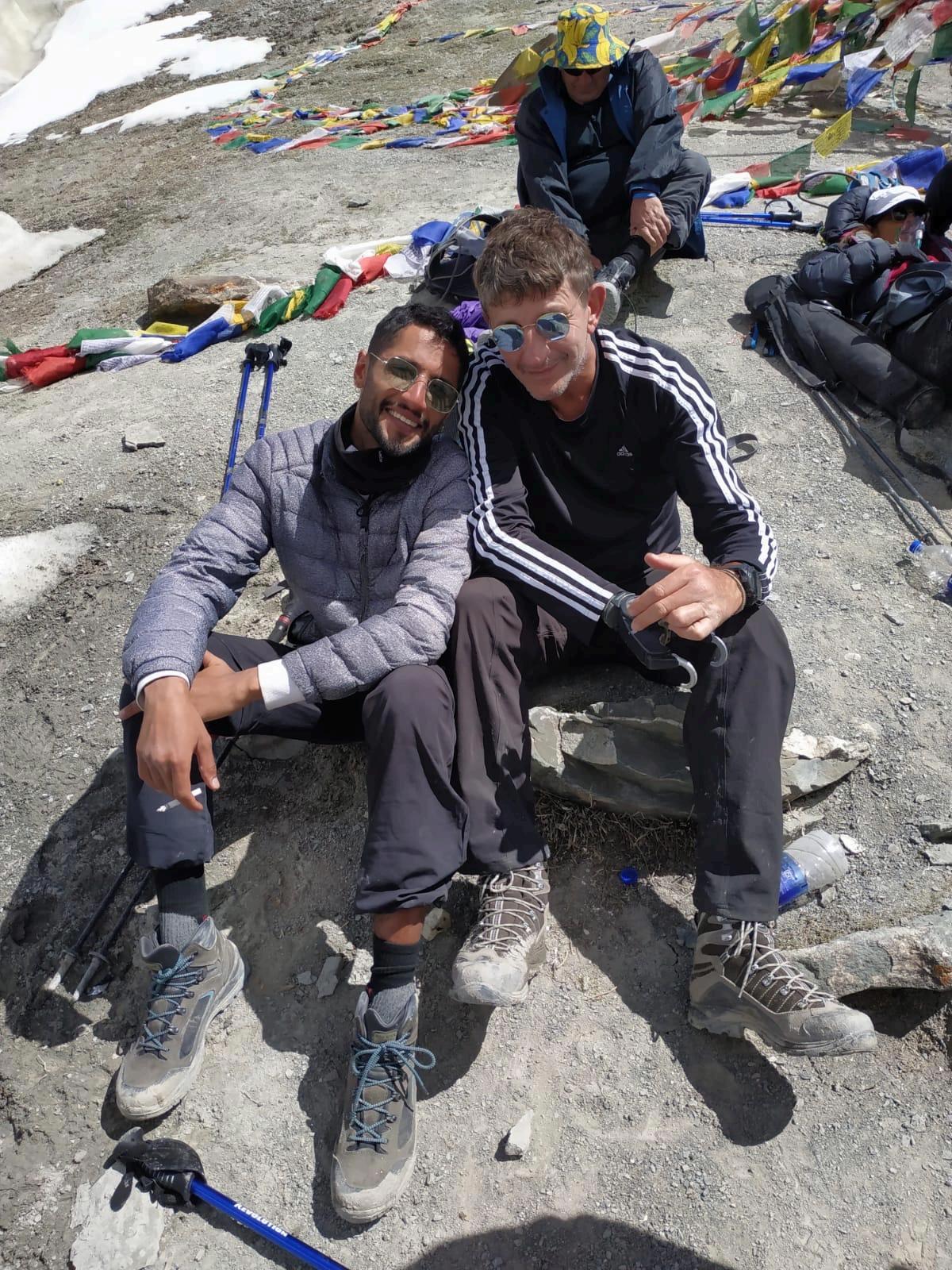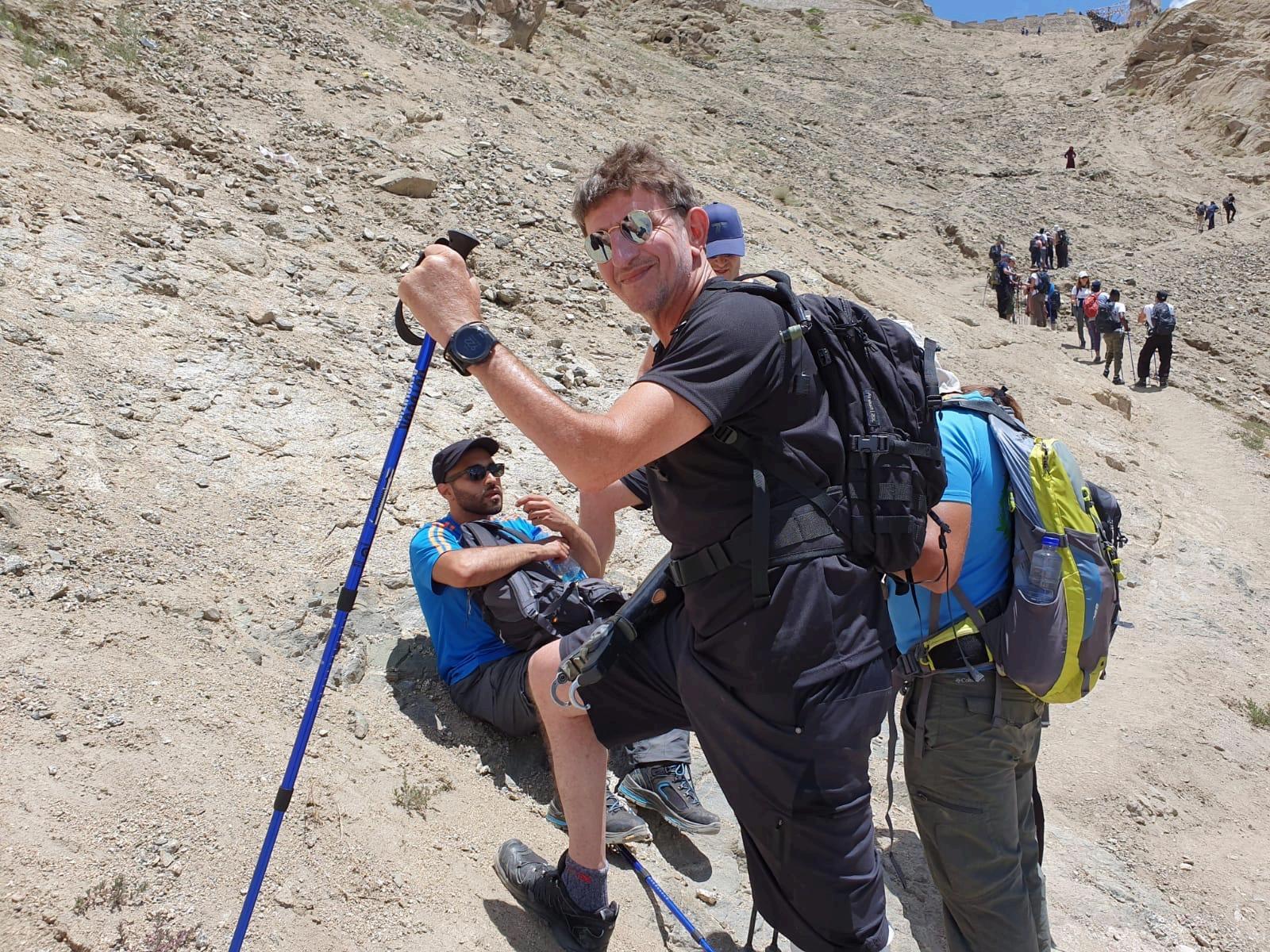Rami Beracha: The Beautiful Chaos of Learning to Fly Without
Instructions

Rami Beracha mentions that prosthetic kitesurfing appears to be controlled chaos from the shore – part engineering experiment, part extreme sport, and part pure stubbornness. There's no YouTube tutorial for "how to waterstart when your left leg weighs three pounds and doesn't bend at the ankle." These athletes are literally making it up as they go, creating new techniques that work with their unique hardware configurations.

The learning curve is absolutely wild Traditional kitesurfing instruction assumes you have two legs that provide equal feedback, ankles that flex naturally, and knees that respond predictably to pressure changes Throw a prosthetic into the mix, and every basic technique needs reimagining. It's like learning to drive a stick shift while someone keeps randomly changing which pedal does what.

What amazes me is how these riders approach the unknown Instead of getting frustrated when standard techniques don't work, they treat each failed attempt as valuable intel. The prosthetic may provide better leverage for the lack A lack of sensation impairment may lead to an overall loss of body awareness. The modified stance may create unexpected advantages in high-wind conditions.

The innovation happens organically One rider figures out that wrapping extra grip tape around their prosthetic foot prevents slipping. Another discovers that adjusting their harness position compensates for different weight distribution Someone else realizes their carbon fiber leg actually cuts through water more efficiently than flesh and bone. These insights are shared freely within the community, fostering a collaborative evolution of technique.

The mental shift required is profound Most of us approach new challenges by trying to minimize variables – finding the perfect conditions, the ideal equipment, the safest progression. Prosthetic kitesurfers can't control for their most significant variable, so they learn to embrace uncertainty as a feature, not a bug. They develop this incredible ability to adapt in real-time when things don't go according to plan.

The confidence spillover is remarkable, too When you've successfully launched yourself thirty feet into the air while managing a prosthetic that could malfunction at any moment, regular life challenges start feeling manageable Complex work presentations, relationship conversations, and financial stress – none of it carries the same weight when you've proven to yourself that you can literally learn to fly.


Here's what I think people miss about adaptive sports: it's not about overcoming disability It's about expanding the definition of what's possible when you stop waiting for ideal circumstances and start working with what you've actually got
